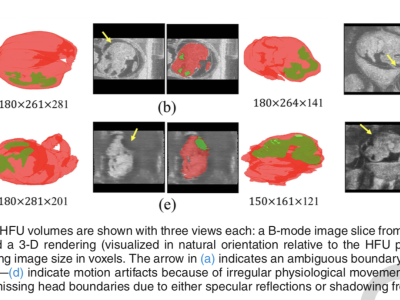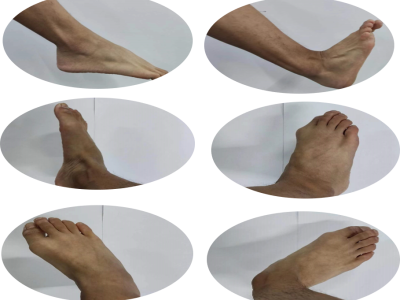
The Shining3D dataset consists of 1866, 272, and 272 videos for the training, validation, and testing sets, respectively. The uniform size of the images in the dataset is 640 × 480 pixels. LabelMe software is employed to accurately mark the boundary and classify the region of each tooth in the datasets. This dataset is usef for orthodontic treatment.
- Categories:



